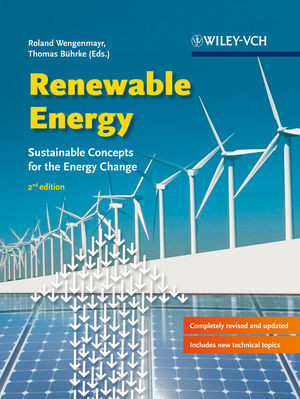

Most ebook files are in PDF format, so you can easily read them using various software such as Foxit Reader or directly on the Google Chrome browser.
Some ebook files are released by publishers in other formats such as .awz, .mobi, .epub, .fb2, etc. You may need to install specific software to read these formats on mobile/PC, such as Calibre.
Please read the tutorial at this link: https://ebookbell.com/faq
We offer FREE conversion to the popular formats you request; however, this may take some time. Therefore, right after payment, please email us, and we will try to provide the service as quickly as possible.
For some exceptional file formats or broken links (if any), please refrain from opening any disputes. Instead, email us first, and we will try to assist within a maximum of 6 hours.
EbookBell Team

0.0
0 reviewsIn the years since the publication of the first edition of this book, the world has undergone drastic changes in terms of energy sources. This is reflected in the expansion of this second edition from 20 to 26 chapters. The most dramatic occurrence was the Tsunami which struck Japan in March of 2011 and set off a reactor catastrophe at the nuclear power plants in Fukushima. On the other hand fossil fuel technology drives the climate change to a threatening level. So, renewable energy sources are essential for the 21st century. The increasing number of wind power plants, solar collectors and photovoltaic installations demonstrates perceptibly that many innovations for tapping renewable energy sources have matured: very few other technologies have developed so dynamically in the past years.
Nearly all the chapters were written by professionals in the respective fields. That makes this book an especially valuable and reliable source of information. The second edition is extended by several new chapters such as tidal power stations, the Desertec project, thermography of buildings and more. Furthermore, the critical debate about current first generation bio-fuels is carefully reflected, and the book presents promising solutions that do not trade in food for fuel.
The editors are experienced journalists and illustrate the text with simple diagrams and information boxes, printed in full-color throughout.
A valuable resource for applied physicists, engineers in power technology, engineers, and anyone interested in natural sciences.
Content: